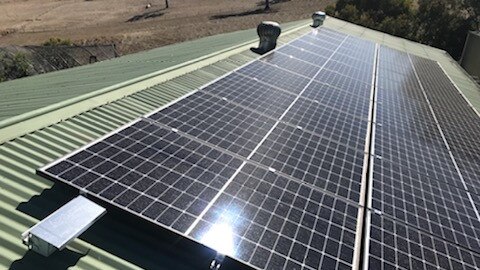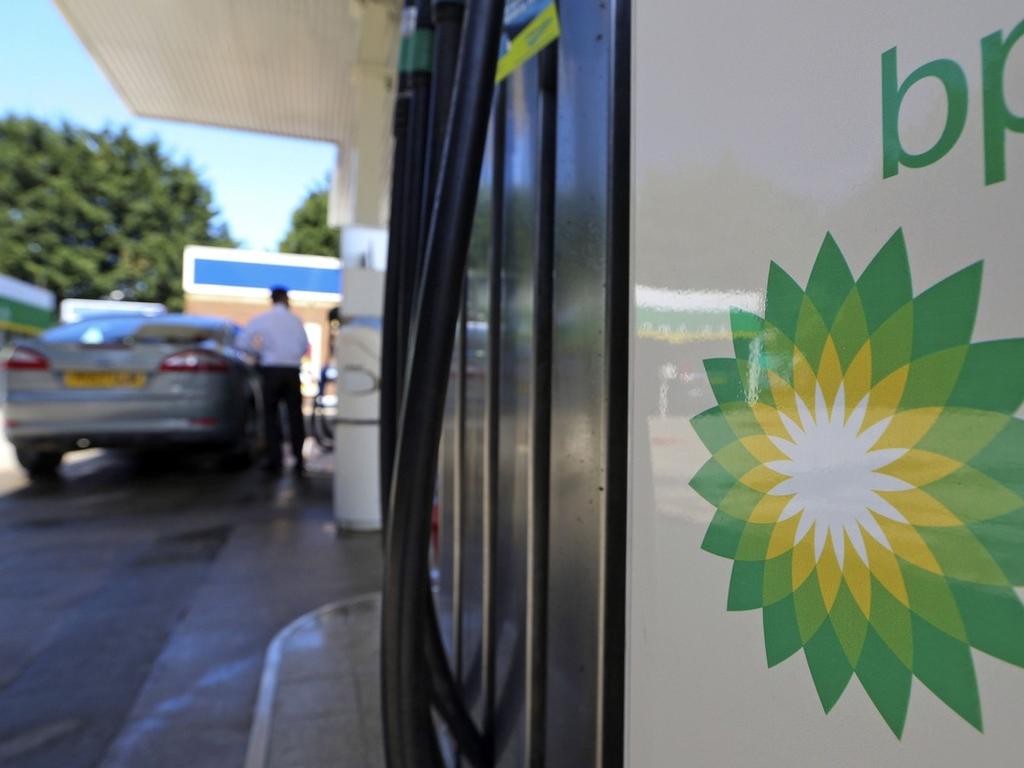Household solar risk to WA grid, says AEMO
The massive growth of household solar panels in WA could put the state’s major power grid at risk within two years, says AEMO

The massive growth of household solar panels in WA could put the state’s major power grid at risk within two years if more investment is not made into storage, or major industrial user don’t shift their peak power usage closer to the hottest part of the day, according to the Australian Energy Network Operator.
AEMO will release its latest review of energy demand and supply in WA on Tuesday, warning that the state’s southwest integrated system — the power grid that supplies Perth and major towns and cities in the south of WA — could face stability problems if coping mechanisms aren’t built into the system to moderate the rapid growth of household solar panel installations.
WA already has the biggest uptake of home solar energy systems in the country, with 28.8 per cent of households already having installed solar panels, delivering power worth 1250MW. AEMO says it expects that figure to keep growing over the next decade at a rate of about 6.5 per cent a year, until households are delivering 2612MW of power into the grid — entrenching WA homeowners as the single biggest source of electricity supply in the state.
But the combined impact of the additional supply into the network, and the associated reduction of demand from traditional generation sources, could see the power use fall below the minimum 700MW “system security threshold” in the 2022-23 financial year, according to AEMO.
Below that level “voltage control will be compromised to the point that for a contingency event, voltages would go beyond standard operating levels, risking damage to the power system and customer equipment,” AEMO said.
To avoid this, the network operator would need to cut off households feeding high levels of power into the grid, potentially cutting off their power supply also.
That forecast takes into account AEMO’s forecast of an extraordinary growth in home battery installation from about 65MWh in 2021 to more than 900MWh by June 2030, as the price of batteries comes down allowing householders to store the sun’s energy for use in the evenings.
To avoid problems WA needs to ensure households install smart inverters to limit power being fed into the grid, up its rate of larger-scale battery installations and even encourage major industrial power users to shift their use of energy to peak solar generation times, AEMO said.
AEMO said the WA government was making good progress on its energy network transformation plans, praising the state’s development of microgrids to supply and store energy across its network, particularly in regional areas, where the network operator said the shift would reduce system costs, improve power supply and reliability and improve resilience to natural disasters.
AEMO’s latest warning on the growth of home solar installations comes only six weeks after the network operator said it may have to limit the contribution of wind and solar in the east coast’s national energy market by 2025 if major changes were not made to system security, solar standards and settings and the construction of transmission.
In late April, AEMO said it was possible to build an east coast grid that would take up to 75 per cent of its power from renewable sources by 2025, but investment would be needed in system security to make that possible.





To join the conversation, please log in. Don't have an account? Register
Join the conversation, you are commenting as Logout